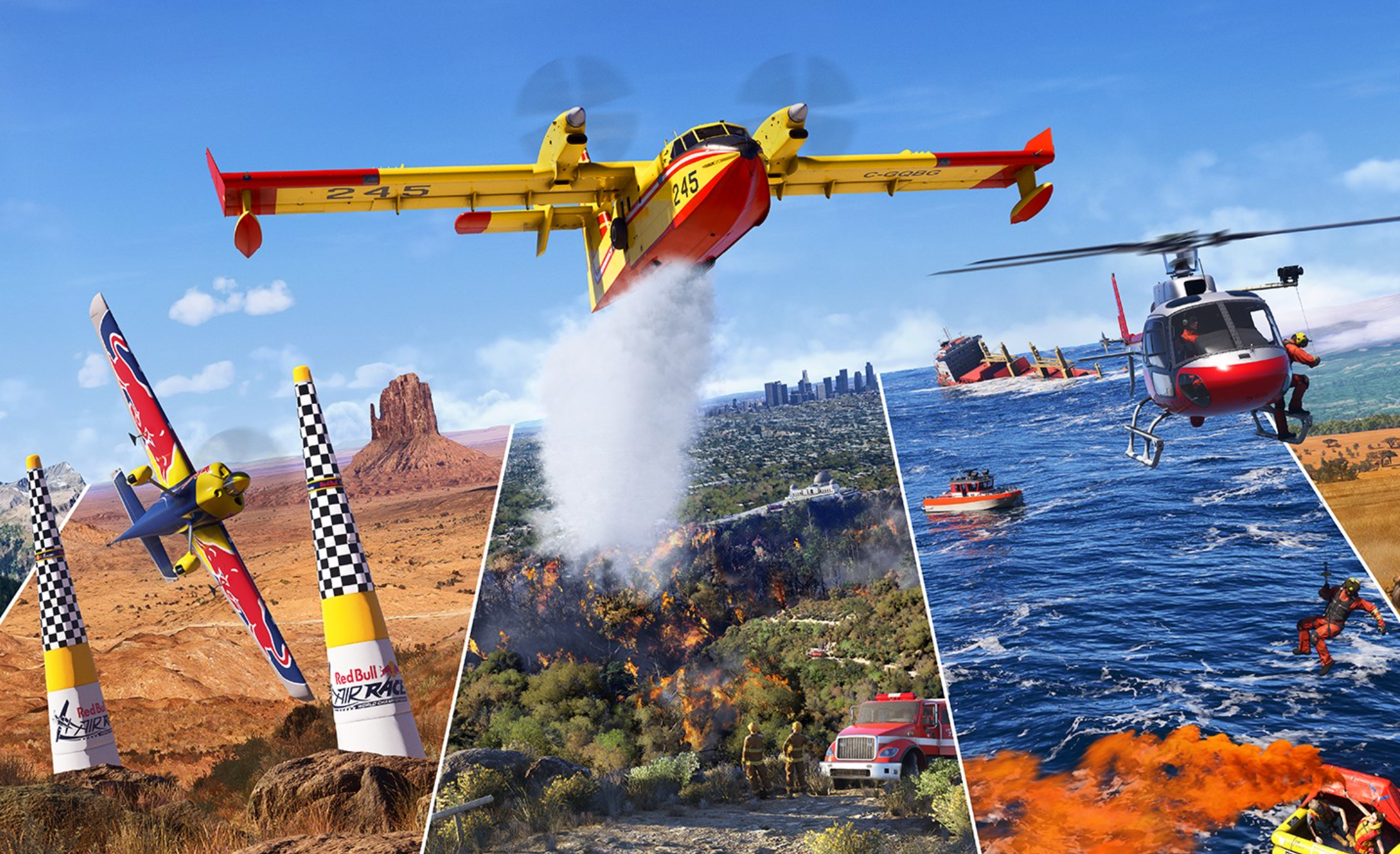I look back to remember forgotten sagas who have been missing in action for more than a decade, and I still can’t explain why the Electronic Arts Strikes have not returned. Why Desert Strike marked a before and after in 1992.
Since that original game of Mega Drive, the Canadian company enjoyed five very productive years where it extended the franchise with four more games. Until he forgot about it, without any trace of the saga, not even on his Origin service for PC. That’s why we want to remember the game that started it all.
The return to the Gulf in 1992, according to Electronic Arts

The aerial combat games at that time used to be either simulators or the typical shoot ’em up (the longtime killers), where you shot first without asking questions later. There were exceptions, of course, but the options that abounded were certainly the first two. Hence, the proposal of Desert Strike
Under a unique map for each phase, which we could explore freely with an isometric view very characteristic of that time, we were presented with a series of missions where not everything was shooting, but also rescuing hostages, for example. And with the obligation to carefully consult all objectives, with its location on the map, so as not to go crazy and that the mission was a disaster.
With the Gulf War still recent, EA took us to a warfare set in that area to face the dictator Kilbaba through four phases that required patience and skill to complete. Yes, the number was very small, but it was compensated by the number of missions for each one and the freedom to decide the order to face each of the objectives.
Although our general at the beginning recommended us to follow the established order, the good thing was precisely that we could consult the map at any time (by pressing the Start button) to know where each mission took place. Even see all the units in the area or resources, such as fuel (which had to be replenished) or ammunition, that of the missiles hellfire and the hydras they were limited.
Desert Strike, the beginning of something beautiful (but ephemeral)

With a standard control type “tank” for the handling of the American combat helicopter, although with two major variants from the main menu, we had precisely three types of attack
Targets could be static, such as radars or electricity stations, or be in motion, as infantry and combat vehicles, with anti-aircraft or even large tanks. That is why the arsenal had to be well dosed based on the power and the objective, which was not a plan to launch missiles against a soldier, even if there were points on the map with more ammunition.
Being set in the desert, the first phases sinned to repeat the scheme of the scenarios a lot, with a quite pronounced change in tone in the fourth and last phase. The missions were mostly to destroy objectives, but we also had to rescue hostages (we approached and the ladder was activated automatically afterwards) or even capture some enemies, having to take them to a safe area, that the helicopter had a limit of units .
Desert Strike was a good starting point for a series that never had a bad game, but that had an ephemeral life on 16 and 32-bit consoles, in alliance with laptops (this 1992 classic had a conversion to Game Boy Advance in 2002) and other systems of the time. After Jungle Strike (1993), Urban Strike (1994) and Soviet Strike (1996), the saga would say goodbye with Nuclear Strike (1997), having a substitute in 1998 with Future Cop: LAPD, in which we control a wick.
Has it stood the test of time well?
Yes, I felt a good shot of nostalgia when replaying it and I was surprised to see that Desert Strike is still as fun as the first day. It may be missing more variety for the scenarios, but it is still the first chapter of a successful franchise that lasted only five years. Why don’t you come back, EA?

Desert Strike
| Platforms | Mega Drive (analyzed version), Amiga, MS-DOS, Game Boy, SNES, Master System, Lynx, Game Gear and GBA |
|---|---|
| Multiplayer | No |
| Developer | Electronic Arts |
| Company | Electronic Arts |
| Launching | 1992 |
| Price | Not available |
The best
- A different shooting game in the 90s
- The objectives were in crescendo in each phase
- That perspective continues to attract attention
Worst
- It only consisted of four phases
- The death of the saga in 1997
Table of Contents










